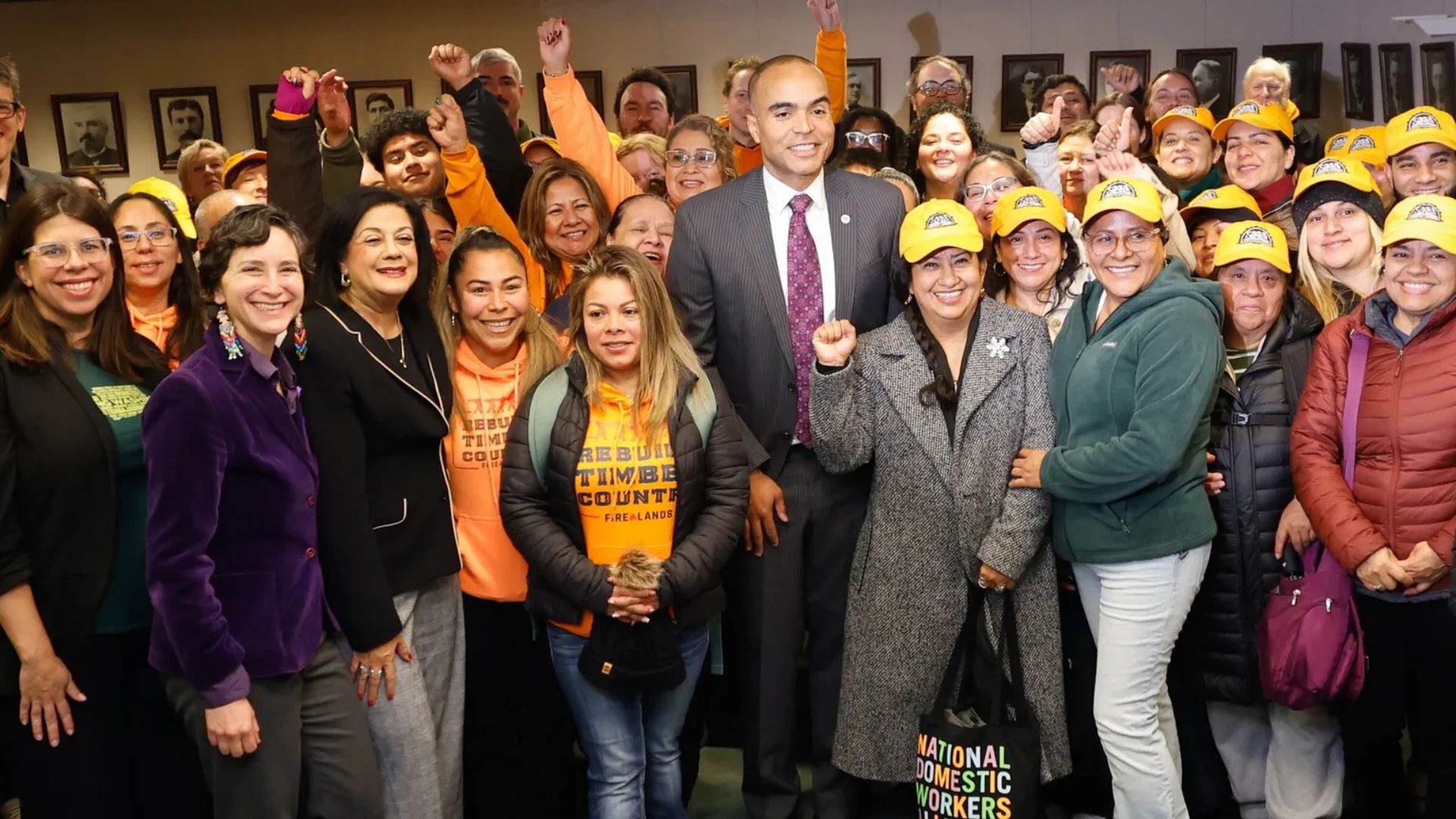 Although December retail sales numbers were not as high as some had hoped, a bright spot in the sector is emerging: The resale of previously-owned goods, which is building momentum.
Although December retail sales numbers were not as high as some had hoped, a bright spot in the sector is emerging: The resale of previously-owned goods, which is building momentum.
Retailers see the opportunity. J. Crew has launched a resale program specializing in vintage styles.
In 2021, the global resale market was approximately $120 billion in 2021, according to Morningstar data, and estimates that the market could hit $300 billion by 2031—three times the rate of the primary market.
The trend is also of crucial importance as the issues of waste, sustainable consumption, and recycling are of gaining consumer support—especially from younger consumers. What’s good for the planet can be good for business. Green practices are increasingly tracked by those with a greener mentality and are appealing to consumers who prioritize environmental responsibility.
Adding secondhand items isn’t just a new revenue opportunity for retailers. It can help drive traffic to brick-and-mortar stores and e-commerce sites, leading to sales of new items. Resale can also be a doorway to luxury goods that may have previously been out of reach financially.
Growth of the resale market will have a significant impact on the retail businesses in several ways, including:
- Changing consumer behavior: As consumers become increasingly conscious of their purchases’ environmental impact, they may look for resale options instead of buying new products.
- New revenue streams: Retailers can offer buy-back or trade-in programs, sell refurbished products, or partner with resale marketplaces to reach new customers.
- Building a brand image of sustainability: By embracing resale and circular economy programs, retailers can boost their brand image and appeal to consumers who prioritize sustainability.
- Buffer supply chain disruptions: While the resale market can lessen disruption of supply chain deliveries, it will also affect demand for their current products. Retailers will need to adjust both sourcing and inventory strategies.
The resale market trend’s growth will bring challenges and opportunities for businesses. Retailers that prepare, adapt, and innovate will have the advantage.

